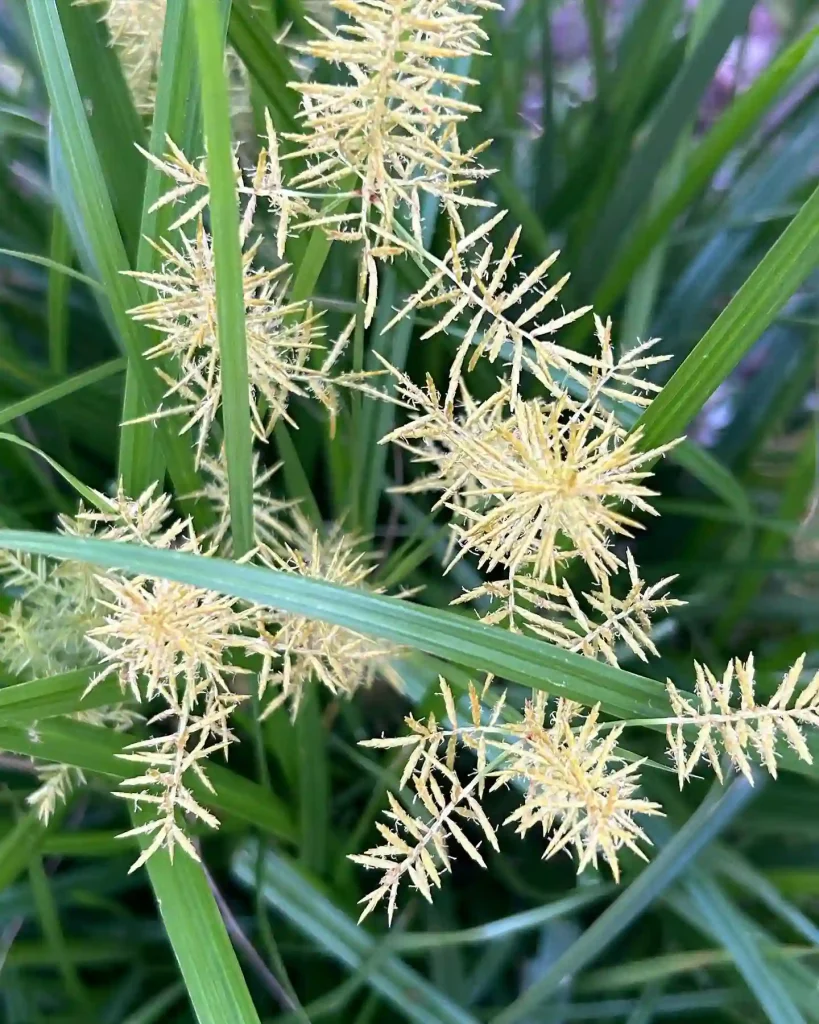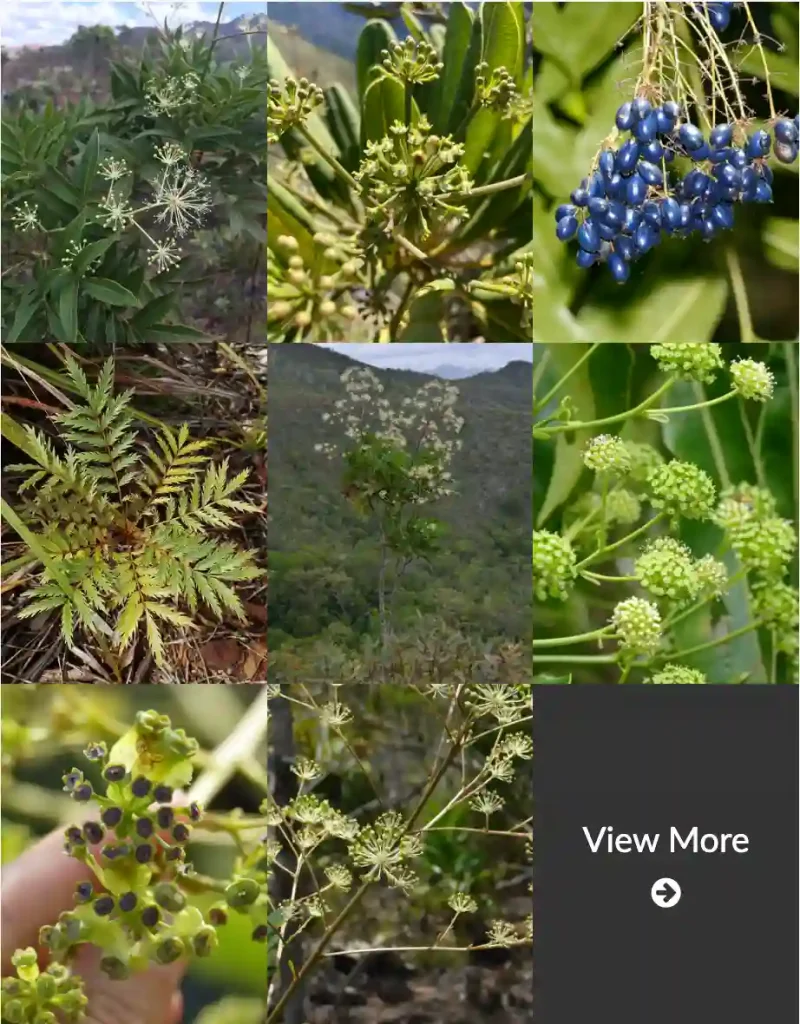
What Is Calamagrostis Canadensis?
Calamagrostis Canadensis, commonly known as Canada Reedgrass, is a perennial grass native to North America. It is valued for its elegant, arching foliage and tall, airy flower spikes that add a touch of grace to any garden. This grass is often used in landscaping for its ability to create vertical interest and texture in garden beds and borders.
213 Species in Genus Calamagrostis
Is Calamagrostis Canadensis a Persistent Annual?
No, Calamagrostis Canadensis is not a persistent annual. It is a perennial grass, which means it comes back year after year. Perennials like Calamagrostis Canadensis have a lifespan of several years and will continue to grow and spread as long as they are properly cared for. Unlike annuals that complete their life cycle within one growing season and need to be replanted, perennials provide lasting beauty with minimal replanting.
How to Care for Calamagrostis Canadensis?
Caring for Calamagrostis Canadensis is relatively straightforward. Here are some key points:
- Light: It thrives in full sun but can tolerate partial shade. Aim for at least 6 hours of sunlight each day for the best growth.
- Soil: It prefers well-drained soil but is adaptable to a variety of soil types, including sandy and clay soils. Ensure that the soil remains consistently moist, especially during dry spells.
- Watering: Regular watering is crucial, particularly during dry periods. However, avoid waterlogging as it can lead to root rot.
- Fertilization: A balanced fertilizer applied in early spring can promote healthy growth. Avoid over-fertilizing as it can lead to excessive foliage at the expense of flowers.
- Pruning: Cut back old foliage in late winter or early spring before new growth begins. This helps to keep the plant looking tidy and encourages fresh growth.
How to Propagate Calamagrostis Canadensis?
Propagating Calamagrostis Canadensis can be done through division or seed:
- Division: This is the most common method. In early spring or late fall, dig up the plant and divide the root clumps into smaller sections. Replant these divisions in well-prepared soil.
- Seed: Sow seeds directly into the garden in the fall or start them indoors 6-8 weeks before the last frost. Seeds need light to germinate, so scatter them on the soil surface and lightly press them in.
What to Plant With Calamagrostis Canadensis?
Calamagrostis Canadensis pairs well with a variety of plants due to its versatile nature:
- Perennials: Combine with other grasses like Panicum virgatum or ornamental plants like Echinacea and Rudbeckia for a mixed border.
- Shrubs: Consider planting alongside shrubs such as Spiraea or Hydrangea to create a layered look in your garden.
- Annuals: Add annuals like Cosmos or Zinnias for seasonal color that complements the grass’s structure.
Can You Grow Calamagrostis Canadensis Indoors?
Calamagrostis Canadensis is primarily an outdoor plant. It requires ample space and sunlight to thrive, which is challenging to provide indoors. If you want to grow it indoors, ensure you have a large, well-lit space, such as a sunroom or a greenhouse, and be prepared for the maintenance it requires.
Is Calamagrostis Canadensis Toxic?
Calamagrostis Canadensis is not considered toxic to humans or pets. It is safe to grow in gardens where children or animals might come into contact with it. Always make sure to keep an eye on pets and children to prevent any accidental ingestion of plant material, even if it is non-toxic.
Benefits of Calamagrostis Canadensis
- Ornamental Appeal: It adds vertical interest and texture to garden designs.
- Low Maintenance: Once established, it requires minimal care and is resistant to pests and diseases.
- Wildlife Friendly: Provides habitat and food for various birds and insects.
Common Problems with Calamagrostis Canadensis
- Overwatering: Can lead to root rot. Ensure proper drainage and avoid soggy soil.
- Pest Issues: Although generally pest-resistant, it can occasionally be affected by aphids or spider mites.
Calamagrostis Canadensis vs. Phalaris Arundinacea
Calamagrostis Canadensis and Phalaris Arundinacea (commonly known as Reed Canary Grass) can be confused due to their similar appearances, but they have distinct differences:
- Growth Habit: Calamagrostis Canadensis has a more upright and clump-forming habit, while Phalaris Arundinacea tends to spread aggressively and can be invasive.
- Soil Preferences: Calamagrostis Canadensis prefers well-drained soil, whereas Phalaris Arundinacea is more tolerant of wet conditions but can overtake other plants in moist soils.
- Maintenance: Calamagrostis Canadensis requires less maintenance and is less likely to spread uncontrollably compared to Phalaris Arundinacea.
In summary, Calamagrostis Canadensis is a versatile, low-maintenance perennial grass that enhances garden designs with its elegant form. Whether you’re using it to create vertical interest, as a backdrop for other plants, or simply to add texture, it is a reliable choice for many gardens.
If i die, water my plants!



